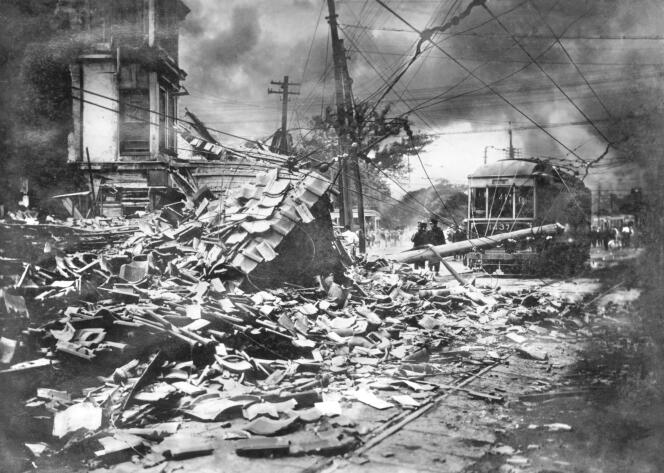

LETTER FROM TOKYO

Every powerful earthquake throughout the world is a reminder. Like the one that recently struck Morocco, it refreshes the Japanese memory of the risk weighing on an archipelago located on the Pacific "Ring of Fire," tracing the boundaries between three tectonic plates whose clash directly threatens Tokyo and its periphery.
A recent article in the daily Asahi criticized the phrase regularly used by Japanese politicians when disaster strikes: "What just happened was unexpected." The 1995 Kobe earthquake was indeed unforeseeable in that region. The Fukushima nuclear disaster in 2011 was not. Seismologists had warned of the need to build a higher dam to protect the plant. The "unexpected" brandished by politicians amounts to absolute self-justification if not incompetence. The newspaper went on to maintain that "the threat of a disaster with unimaginable effects still hangs over Tokyo."
The powerful magnitude 9 marine earthquake in the Pacific northeast of the Tohoku region in 2011, which triggered the devastating tsunami (18,500 dead or missing), shattered the authorities' myth of a disaster-proof archipelago. And today, if ever there was one expected disaster, it is surely that of a major earthquake striking the capital. When it comes to that "Big One," it will be difficult to say that it was "unexpected." The question is not if it will happen, but when.
According to official estimates, there is a 70% chance that an earthquake of magnitude 7.3 or greater will strike the Tokyo region in the next 25 to 30 years. The urban pool formed by the capital and its surrounding districts is home to no less than 37.5 million people. According to the latest projections for 2022, despite the reinforcement of anti-seismic structures, the "Big One" would kill more than 6,000 people, injure 93,000 and destroy more than 600,000 homes in the 23 city wards of the Japanese capital.
The threat is particularly present in the wake of recent commemorations of the great Kanto earthquake of September 1923, which killed more than 100,000 people and turned Tokyo and Yokohama into "deserts of reddish ashes" swept up by the wind of a typhoon, as Paul Claudel wrote in A travers les villes en flammes ("Across Burning Cities"). Since then, September 1 has become the day on which the Japanese are expected to carry out drills to prepare for another disaster, but municipal authorities are concerned that the population's sense of danger is waning.
Twenty-two years after Kanto earthquake, Tokyo was once again reduced to rubble by American bombing raids in 1945. Reconstruction only partially took into account previous efforts to prepare for another earthquake. In the frenzy of preparations for the 1964 Olympic Games and the race for growth, the capital expanded into vulnerable areas, such as land reclaimed from the sea, prone to liquefaction in the event of an earthquake. That also applies to the Tokyo Bay districts.
You have 41.08% of this article left to read. The rest is for subscribers only.
